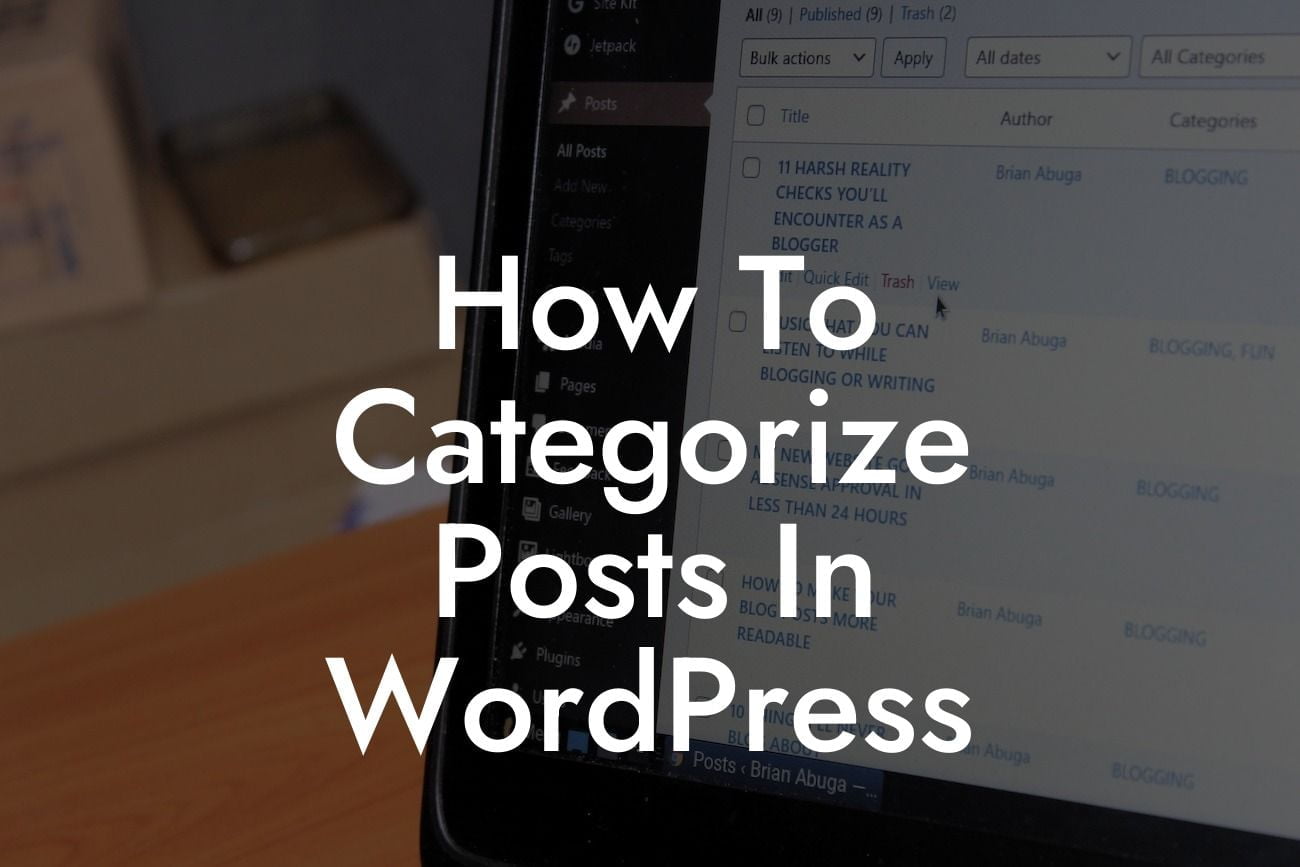Categorizing your posts in WordPress may seem like a minor detail, but it plays a significant role in enhancing your website's organization and improving your SEO. Imagine a virtual filing cabinet, where each post is neatly sorted into appropriate folders, making it easier for visitors to find the content they desire. In this comprehensive guide, we'll walk you through the process of categorization and share valuable tips to supercharge your online presence. Get ready to elevate your WordPress experience and wave goodbye to a cluttered website!
Categorization is the key to creating a user-friendly and well-organized website. With WordPress, the process is simple and efficient. Follow these steps to effectively categorize your posts and take your website to the next level:
1. Understanding Categories vs. Tags:
- Categories: Think of categories as broad topics that represent the main themes of your content. They act as the primary organizational structure for your posts.
- Tags: Tags, on the other hand, are more specific and act as additional keywords or descriptors for your posts. They offer a secondary way to organize and index your content.
Looking For a Custom QuickBook Integration?
2. Creating and Managing Categories:
- Go to your WordPress dashboard and navigate to the Posts section.
- Select Categories.
- Add a new category by entering the name, slug, and optional description.
- Consider creating a hierarchy of categories to create a more structured organization.
3. Assigning Categories to Posts:
- When creating or editing a post, find the Categories box on the right-hand side.
- Check the relevant categories that match the content of your post.
- Remember, you can assign multiple categories to a single post, but it's crucial to choose the most relevant ones.
4. Displaying Categories on Your Website:
- Use the WordPress widget feature to showcase your categories in the sidebar or footer.
- This ensures easy navigation for your visitors, allowing them to explore different topics effortlessly.
How To Categorize Posts In Wordpress Example:
Imagine you run a fitness blog, and you publish various posts related to exercise routines, healthy recipes, and mental well-being. By categorizing your posts, you can create main categories such as "Workout Routines," "Healthy Recipes," and "Mindfulness Tips." As you publish new posts, assign them to the relevant categories. Consequently, visitors interested in workout routines can easily navigate to that specific category, discovering a treasure trove of related content. Categorization empowers your audience to dive deeper into their interests, increasing user engagement and satisfaction.
Congratulations! You've just unlocked the power of post categorization in WordPress. By implementing these techniques, you'll witness a significant improvement in your website's organization and discoverability. Remember to supplement your categorization efforts with DamnWoo's incredible WordPress plugins, specifically designed for small businesses and entrepreneurs. Explore our wide range of plugins, supercharge your success, and don't forget to share this article with your fellow website owners. Together, let's embrace the extraordinary and leave cookie-cutter solutions behind.













